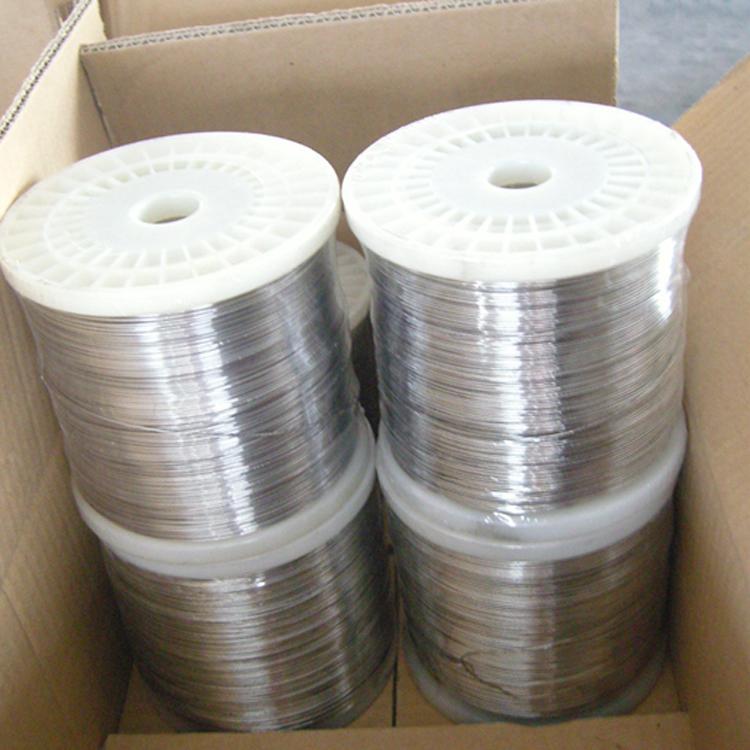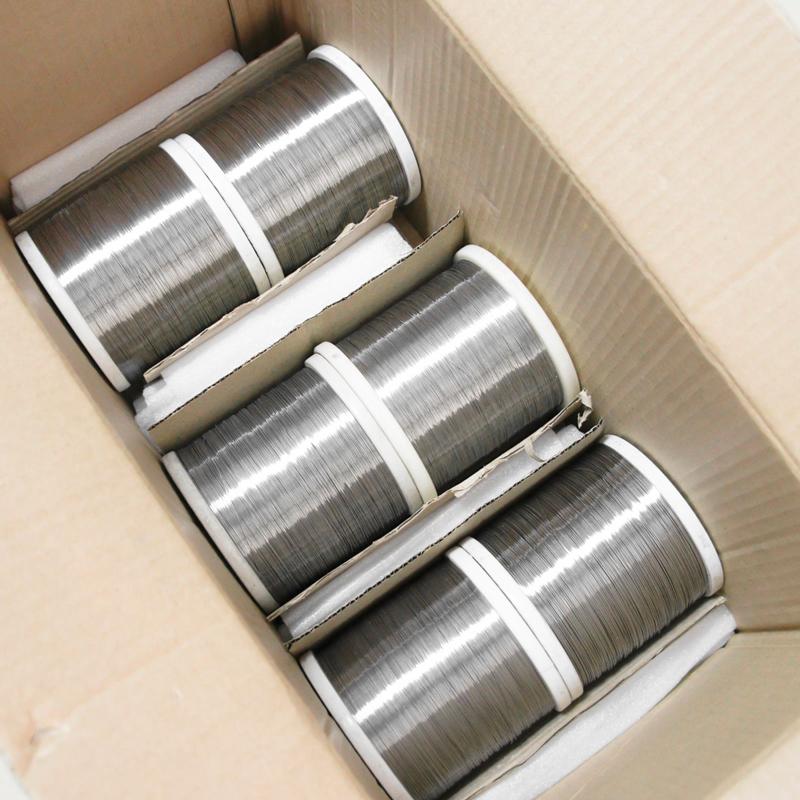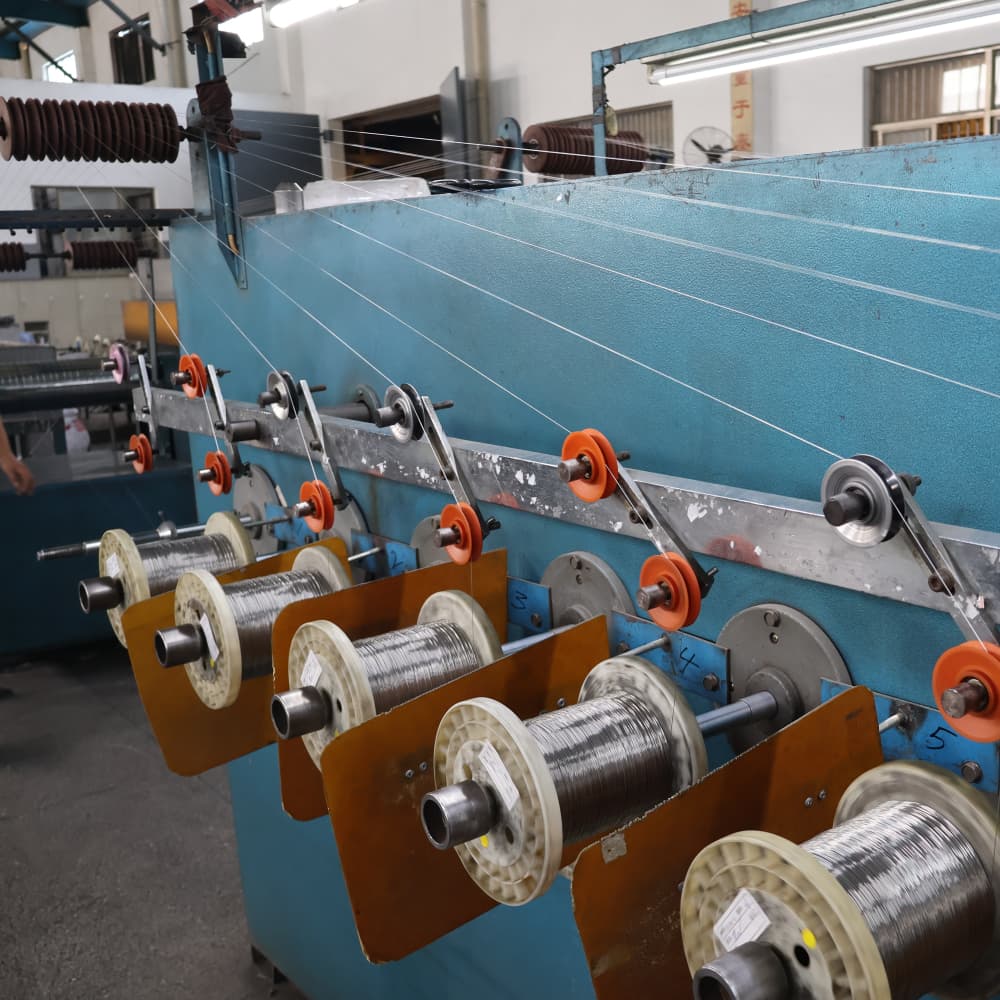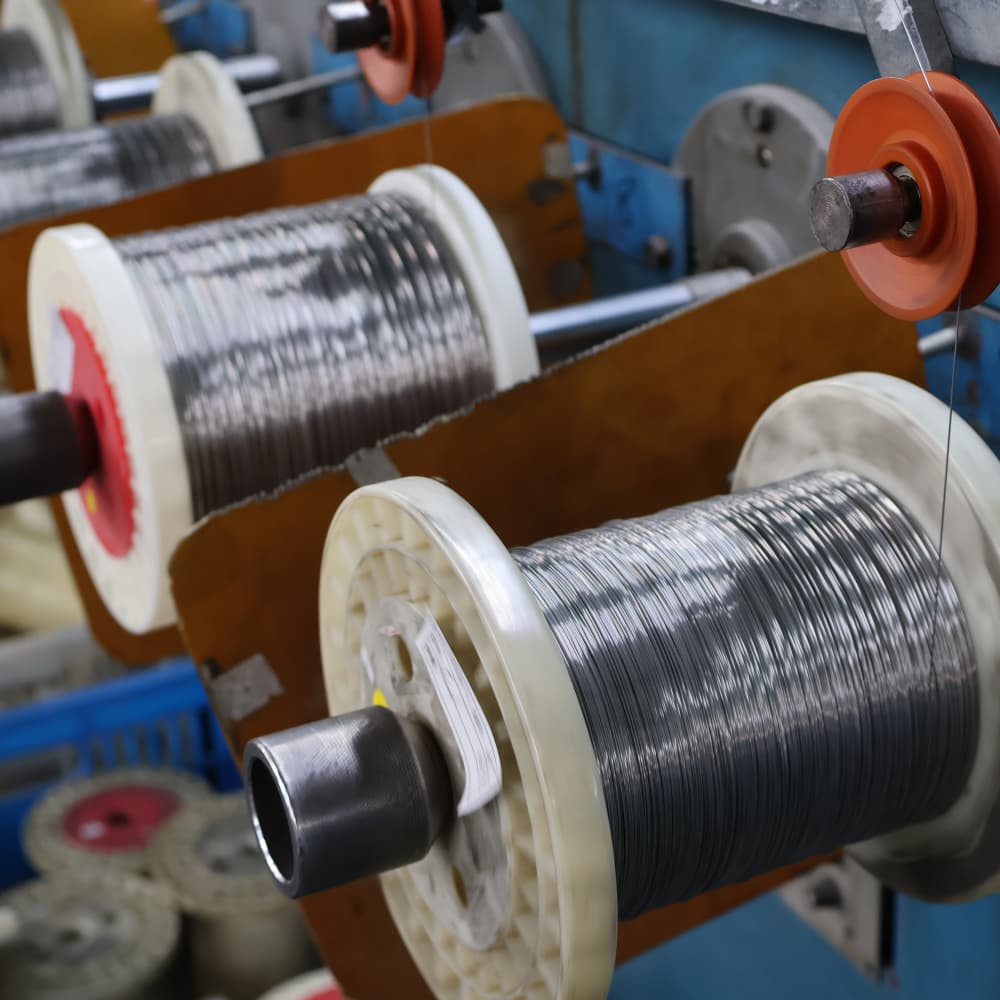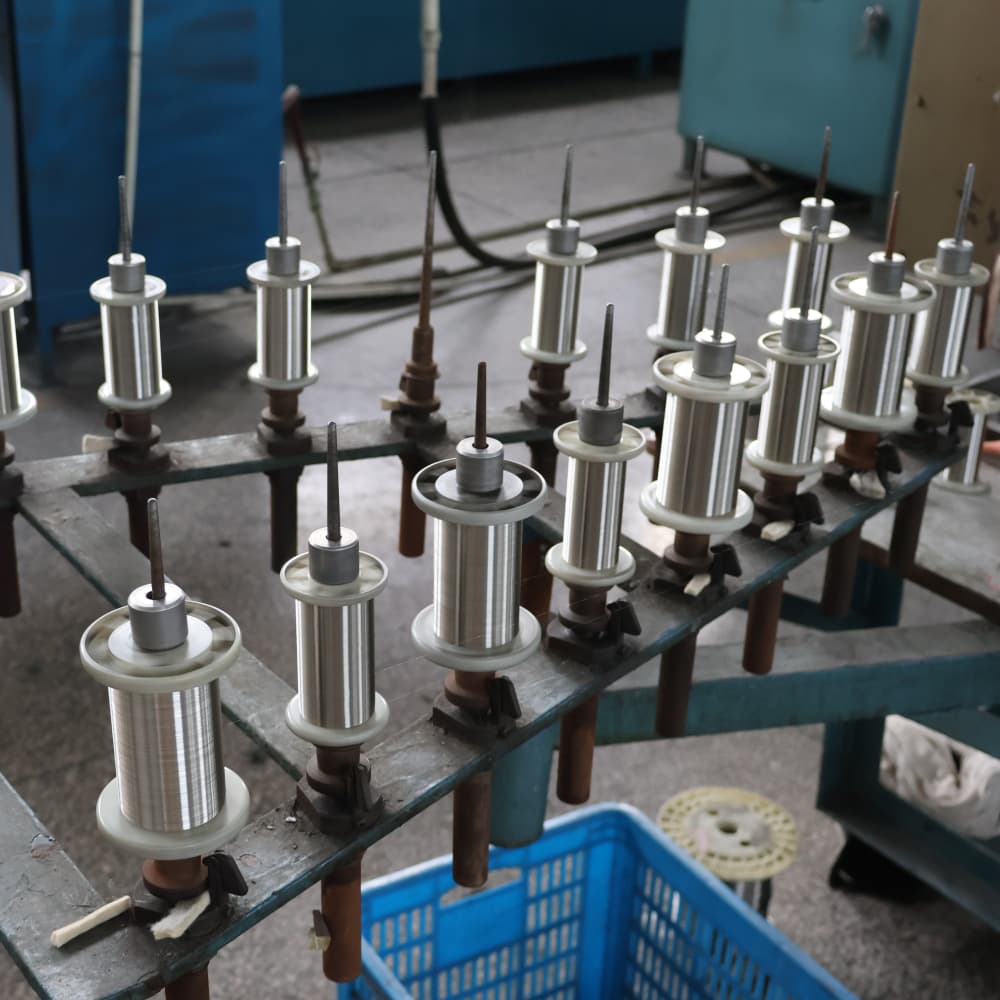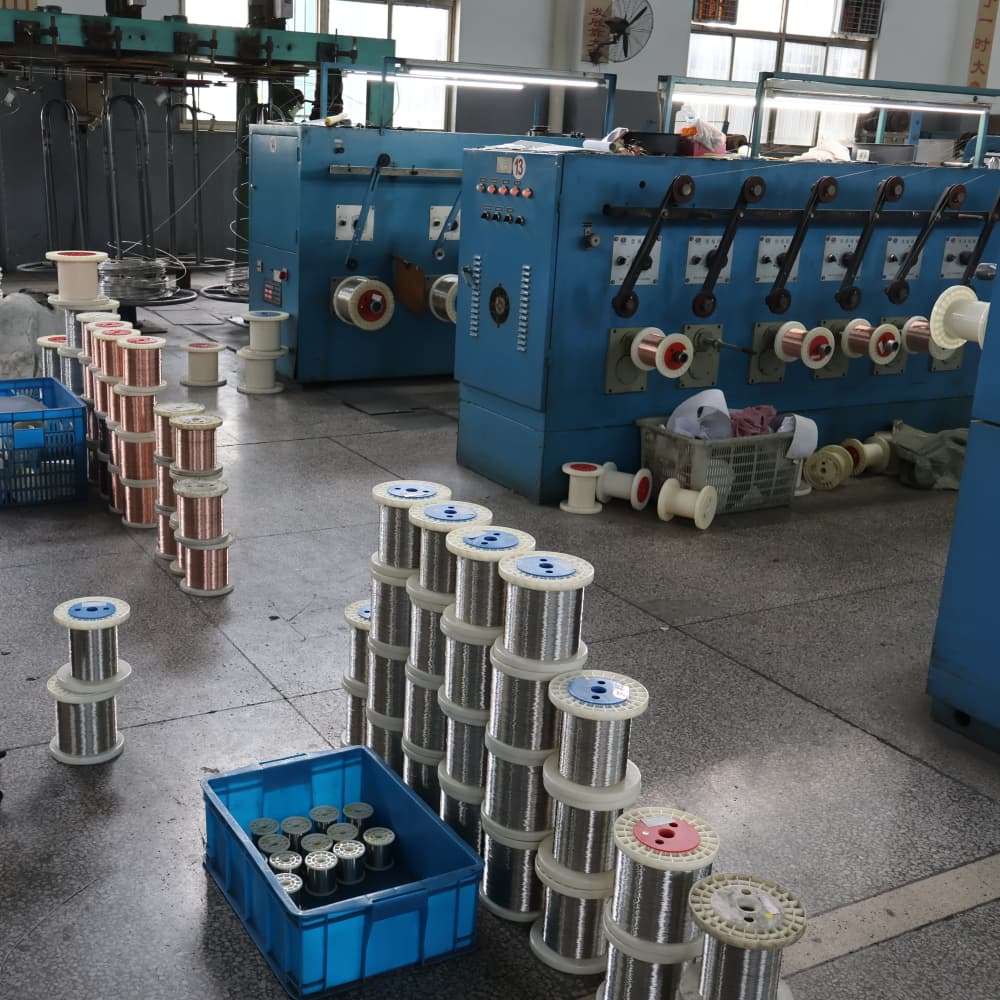
Our high-purity Titanium Wire is a game-changer for 3D printing and additive manufacturing, delivering the precision and performance needed for cutting-edge applications. Made from Grade 1 (99.5% pure titanium) or Grade 2 (99.2% pure titanium), this wire meets ASTM B863 standards, ensuring top quality for wire-based additive manufacturing processes. It’s perfect for crafting complex components like aerospace parts, medical implants, and automotive prototypes.
Available in diameters from 0.1mm to 3mm, our wire comes in spools or custom-cut lengths to fit your 3D printing setup. Its high purity and ductility ensure smooth feeding and consistent melting, producing flawless printed parts with minimal defects. Both grades offer excellent corrosion resistance and biocompatibility, making them ideal for industries where reliability is critical. Whether you’re printing a lightweight turbine blade or a patient-specific implant, our titanium wire gets the job done.
Our high-purity titanium wire is a standout for additive manufacturing. Grade 1’s tensile strength of 240-370 MPa and Grade 2’s 345-450 MPa provide enough strength for most 3D-printed parts, while their high ductility ensures easy processing in wire-fed systems. Compared to 316L stainless steel (485-620 MPa), titanium is lighter (4.51 g/cm³ vs. 8.0 g/cm³) and offers superior corrosion resistance, especially against chemicals and bodily fluids. This makes it a top choice for medical and aerospace applications.
The biocompatibility of our wire is a big win for 3D-printed implants, as it integrates seamlessly with human tissue without causing reactions. Unlike stainless steel, which can suffer pitting corrosion, our titanium wire stays pristine in harsh environments. Both grades handle temperatures up to 350°F (177°C) for Grade 1 and 400°F (204°C) for Grade 2, ensuring stability in demanding printing conditions. Their purity minimizes impurities that could cause printing defects, delivering high-quality, consistent results.
| Titanium (Ti) | Aluminum (Al) | Vanadium (V) | Tin (Sn) | |
| Ti-6Al-4V | Rest | 5.5%-6.8% | 3.5%-4.5% | |
| Ti-5Al-2.5Sn | Rest | 4.5%-5.5% | 2.0%-3.0% |
Physical Properties
| Density | 4.4-4.5g/cm³ |
| Melting Point | 1660°C |
| Coefficient of Thermal Expansion | 8-10×10⁻⁶/K (20°C-500°C) |
| Thermal Conductivity | 6-22 W/(m·K) (depending on alloy grade) |
| Electrical Resistivity | 0.14-0.17 μΩ·m |
| Tensile Strength | 600-1200 MPa (depending on alloy grade) |
| Yield Strength | 480-1100 MPa |
| Elongation at Break | 10%-25% |
| Hardness | 200-400 HB |

For more details, pls directly contact us.
Additive manufacturing is revolutionizing industries, and our high-purity titanium wire is at the forefront. The global 3D printing market is booming, expected to surpass $50 billion by 2030, with aerospace, medical, and automotive leading the charge. Titanium’s lightweight properties and corrosion resistance make it a go-to material for printing complex, high-performance parts. The push for lightweight designs in aerospace and electric vehicles is driving demand for materials like our wire, which reduces weight without sacrificing strength.
Sustainability is a major trend shaping the industry. Manufacturers are seeking eco-friendly materials that reduce waste, and our wire’s recyclability and durability align perfectly. The rise of patient-specific medical implants, like custom bone scaffolds, is another driver, with our wire’s biocompatibility making it ideal for these applications. Advances in wire-based 3D printing technologies, such as directed energy deposition, are also boosting demand for high-purity materials that ensure smooth processing and high-quality outputs.
Cost remains a challenge, as titanium is pricier than stainless steel due to its complex production. But improvements in recycling and manufacturing efficiency are making it more affordable, and our optimized processes keep prices competitive. The growing adoption of 3D printing in small-scale and custom production is creating new opportunities, and our wire is ready to meet these needs with its versatility and reliability.
Applications of High-Purity Titanium Wire
Our high-purity titanium wire shines in 3D printing and additive manufacturing. In aerospace, it’s used to print lightweight components like turbine blades, brackets, and structural parts that demand high strength and corrosion resistance. In the medical field, it’s perfect for printing biocompatible implants like bone scaffolds, dental frameworks, and orthopedic devices. Automotive applications include prototyping lightweight parts for electric vehicles or high-performance cars, where weight reduction is key.
Beyond 3D printing, our wire is used in medical applications for surgical tools, in aerospace for non-printed components, and in chemical processing for corrosion-resistant piping. But in additive manufacturing, this wire truly stands out, enabling complex, high-quality parts that meet the strict demands of modern industries. Its smooth feeding and consistent melting make it a favorite for wire-based 3D printing systems.
Company Advantages: Why Choose Us
When it comes to high-purity titanium wire, we’re the ones to trust. Our decades of expertise in titanium production mean we deliver wire that meets ASTM B863 standards with unmatched consistency. Every spool is tested for purity, strength, and surface quality, ensuring it performs flawlessly in your 3D printing setup. We use state-of-the-art facilities to produce wire that feeds smoothly and prints cleanly, saving you time and reducing defects.
Flexibility is a big part of our edge. Need a specific diameter or custom spool size? We tailor our wire to your exact needs. Our just-in-time supply chain delivers what you need, when you need it, keeping your costs down. We’re also ahead of the curve on trends like additive manufacturing and sustainable production, investing in R&D to ensure our wire supports the future of 3D printing.
Our technical support team is always ready to help, whether you’re optimizing a print process or selecting the right grade. We keep prices competitive by streamlining production and sourcing high-quality raw materials, so you get premium wire without the premium price tag. Our commitment to sustainability means we’re adopting greener methods, aligning with the industry’s eco-friendly push. Choosing our titanium wire means choosing a partner dedicated to quality, innovation, and your success.
Comparison Parameters Table
|
Parameter |
Grade 1 Titanium Wire |
Grade 2 Titanium Wire |
316L Stainless Steel Wire |
|---|---|---|---|
|
Composition |
99.5% Ti (pure) |
99.2% Ti (pure) |
Fe, 16-18% Cr, 10-14% Ni, 2-3% Mo |
|
Tensile Strength |
240-370 MPa |
345-450 MPa |
485-620 MPa |
|
Yield Strength |
~170 MPa |
~275 MPa |
~170 MPa |
|
Density |
4.51 g/cm³ |
4.51 g/cm³ |
8.0 g/cm³ |
|
Corrosion Resistance |
Excellent (chemicals, moisture) |
Excellent (chemicals, bodily fluids) |
Good (prone to pitting) |
|
Biocompatibility |
Excellent |
Excellent |
Good (less compatible) |
|
Formability |
Excellent (highly ductile) |
High (very ductile) |
High |
|
3D Printing Compatibility |
Excellent (smooth feeding) |
Excellent (smooth feeding) |
Good (heavier, less biocompatible) |
|
Applications |
3D printing, medical, aerospace |
3D printing, medical, marine |
3D printing, industrial |
|
Cost |
Moderate |
Moderate |
Lower |
The future for high-purity titanium wire in 3D printing is bright. As additive manufacturing expands in aerospace, medical, and automotive industries, demand for lightweight, reliable materials will soar. Custom implants and complex aerospace parts will drive the need for biocompatible, high-purity wire like ours. Advances in 3D printing technologies, like faster wire-fed systems, will create new opportunities, and our wire is ready to deliver.
Sustainability will continue to shape the industry, and our eco-friendly production methods will keep us ahead of the game. With manufacturers prioritizing waste reduction and energy efficiency, our wire’s recyclability and durability will be in high demand. Whether it’s a custom implant or a lightweight aircraft part, our high-purity titanium wire is poised to power the next wave of additive manufacturing innovation.
Conclusion
Our high-purity titanium wire is the ultimate choice for 3D printing and additive manufacturing, offering unmatched formability, corrosion resistance, and biocompatibility. From aerospace components to medical implants, it delivers the precision and performance needed for cutting-edge applications. With industry trends leaning toward sustainability and customization, our wire is ready to shape the future of additive manufacturing. Backed by our expertise, flexible production, and commitment to quality, choosing our titanium wire means choosing a partner built for your success in 3D printing.
For more details, pls directly contact us.
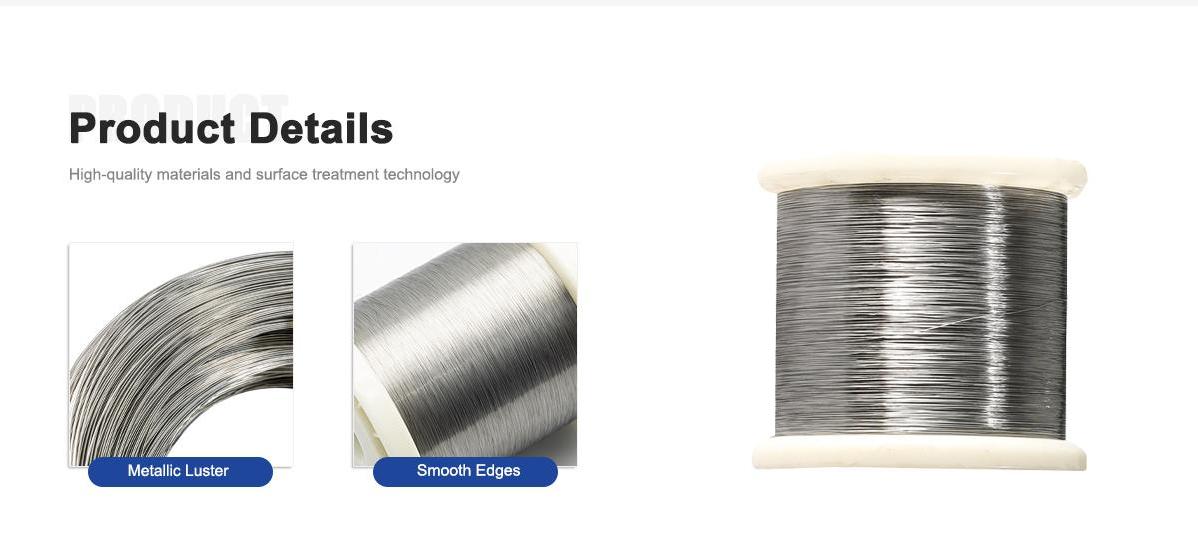
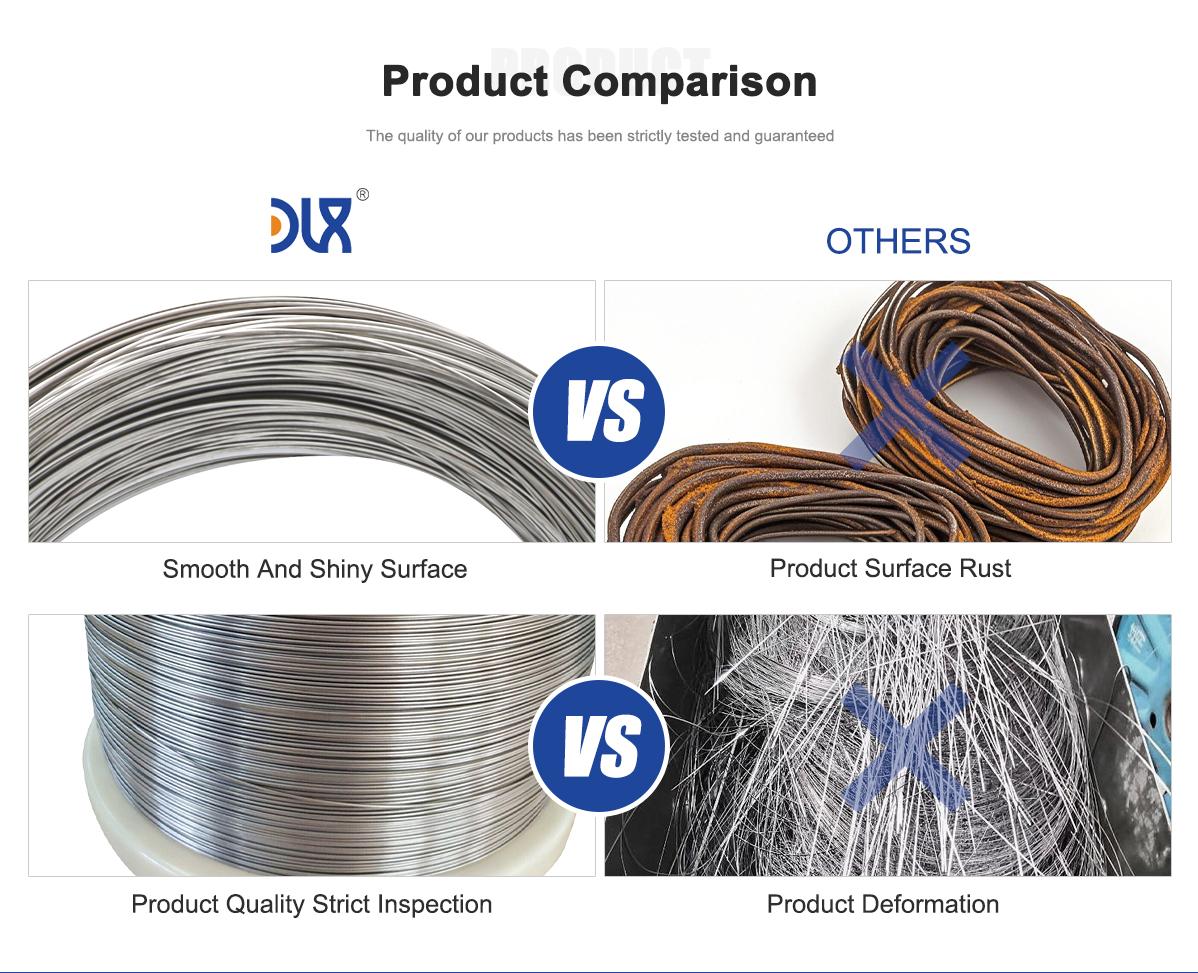

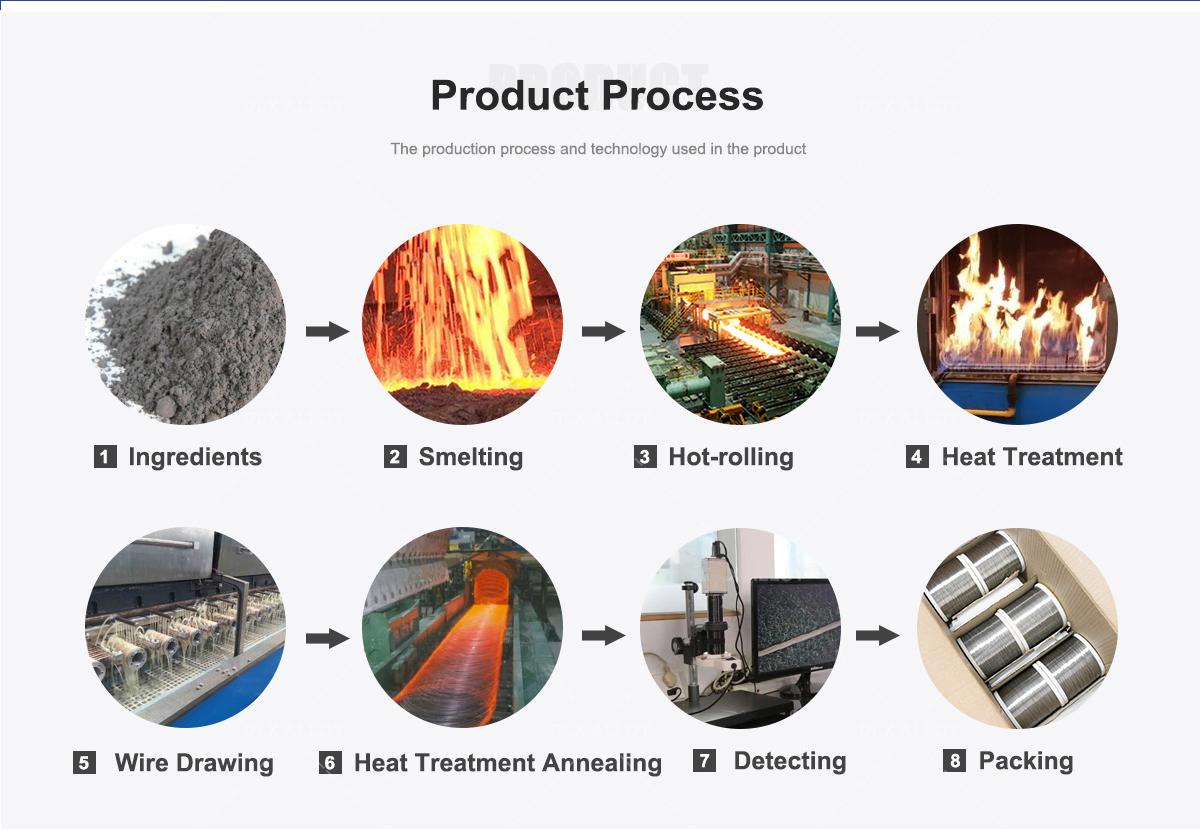
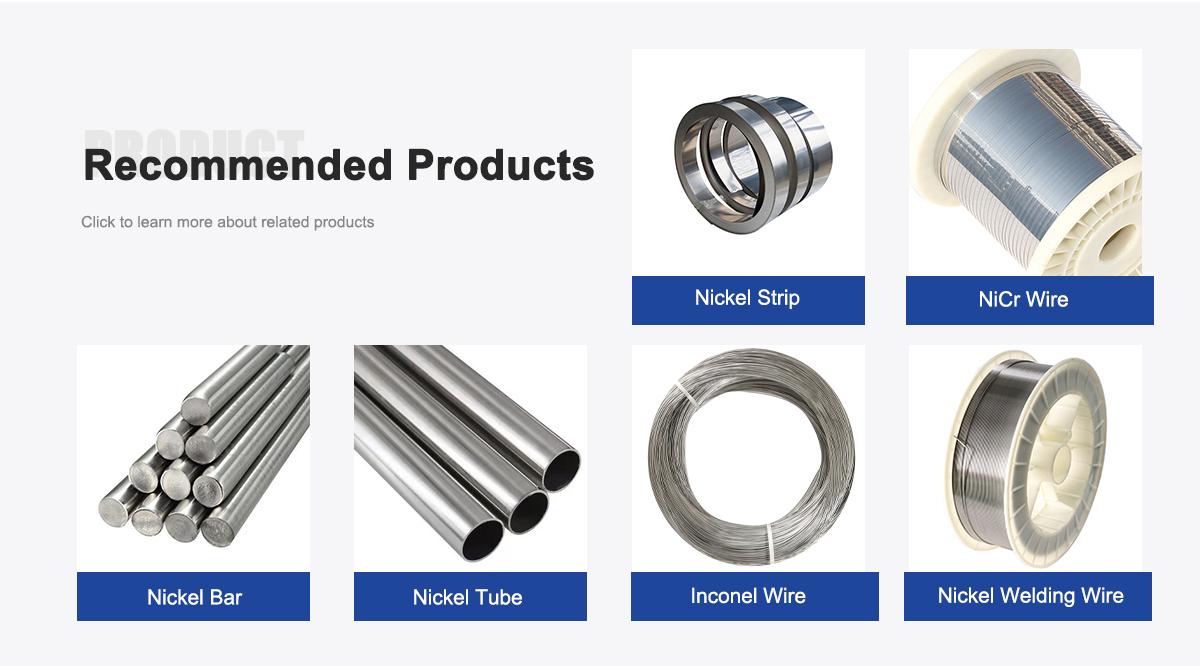
About Us:
Our 12,000㎡ factory is equipped with complete capabilities for research, production, testing, and packaging. We strictly adhere to ISO 9001 standards in our production processes, with an annual output of 1,200 tons. This ensures that we meet both quantity and quality demands. Furthermore, all products undergo rigorous simulated environment testing including high temperature, high pressure, and corrosion tests before being dispatched, ensuring they meet customer specifications.
For all our clients, we offer timely and multilingual after-sales support and technical consulting, helping you resolve any issues swiftly and efficiently.

Client Visits
Building Stronger Partnerships

We support all kinds of testing:


FAQs:
-
What is high-purity titanium wire made of?
It’s typically Grade 1 (99.5% pure titanium) or Grade 2 (99.2% pure titanium), designed for excellent formability and corrosion resistance in additive manufacturing. -
What are the main uses of high-purity titanium wire in 3D printing?
It’s used to create complex components like aerospace parts, medical implants, and automotive prototypes via wire-based additive manufacturing processes. -
How does high-purity titanium wire compare to other 3D printing materials?
It offers superior corrosion resistance and biocompatibility compared to stainless steel, with better formability than Grade 5 titanium. -
Is high-purity titanium wire suitable for medical 3D-printed implants?
Yes, its biocompatibility and high purity make it ideal for printing implants like bone scaffolds and dental frameworks. -
Can high-purity titanium wire be used in high-temperature 3D printing applications?
Absolutely, Grade 2 handles temperatures up to 400°F (204°C), and Grade 1 up to 350°F (177°C), suitable for demanding environments. -
What industries besides 3D printing use high-purity titanium wire?
It’s used in medical, aerospace, and chemical processing for its corrosion resistance and lightweight properties. -
How easy is it to process high-purity titanium wire in 3D printing?
Its high ductility and purity ensure smooth feeding and melting in wire-based 3D printing systems, minimizing defects. -
What are the industry trends for high-purity titanium wire in additive manufacturing?
Demand is growing for lightweight, sustainable materials in 3D printing, with trends toward custom implants and eco-friendly production.


